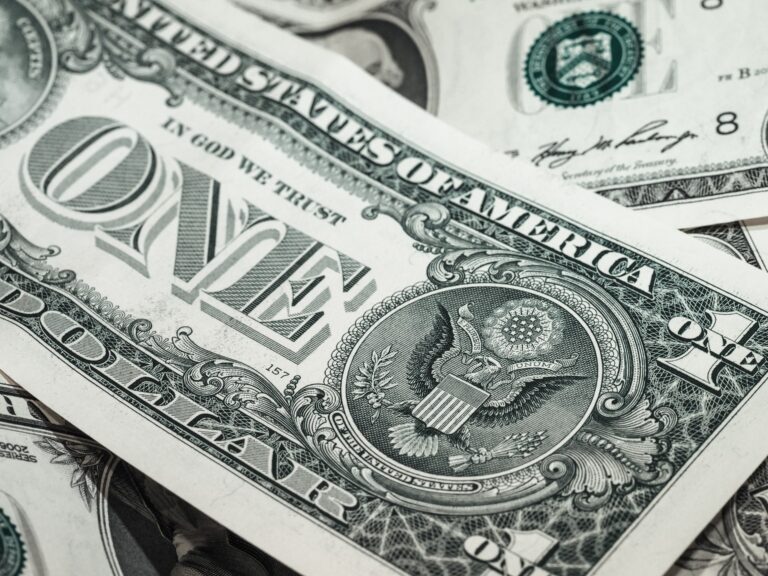
Daily Brief – What is the Mar-a-Lago Accord, and should markets care?
What is the Mar-a-Lago Accord, and should markets care?
At heart, the Mar-a-Lago Accord is a proposal for President Trump to weaken the US Dollar. As we know, Trump’s typical deregulatory and risk-inducing persuasion would, all other things equal, increase demand for the US Dollar. As far as the relationship between perceived risk and the Dollar goes, the narrative follows that the Dollar as the global reserve currency and Treasuries as the benchmark asset amongst such holdings attract investment flows as investors rotate away from more volatile equities. That relationship however only holds as long as the Dollar and Treasury bills are still perceived as lower risk stable assets.
The so-called Mar-a-Lago accord suggests that Trump’s tariff bonanza is a stepping stone towards future trade deals and to secure foreign nations’ cooperation in weakening the Dollar. Mechanisms to incentivise the (financial) world not to hold US Treasuries can be split up into the ‘easy way’ and the ‘hard way’. The easy way is the Mar-a-Lago accord, working with foreign nations who stockpile USD and Treasuries as reserves to unwind those holdings over time. The hard way would see holders of Treasuries (outside of the USA) pay a fee for holding such assets, thereby eroding their perceived value/return.
Based upon the musings of Trump’s Chair of the Council for Economic Advisers, Stephen Miran, the carrot of preferential trade terms in exchange for buying into the Mar-a-Lago accord only works after the stick of tariffs. The Dollar, despite its recent breakout, should remain somewhat protected until Trump’s reciprocal tariffs (due April 2) materialise. If the Mar-a-Lago accord transpires it is likely that USDJPY would be the greatest loser, as the Yen would likely benefit from additional defensive demand in the absence of the Dollar to play this role.
Discussion and Analysis by Charles Porter

Related Insights

Daily Brief – The Hassett Trade
The Hassett Trade Not another one, I hear you say. So far this year we’ve seen bandied around the TACO trade, the Trump put, FOMO trade, the MEGA trade, surely there isn’t another to surface before year end?! Wrong. The so-called Hassett trade is that which is currently pushing the Dollar lower but coming to […]

Daily Brief – A week out
A week out Markets are now in their final few trading days ahead of a Fed blackout that will precede the Reserve’s decision next Wednesday. The US government shutdown, despite now feeling like a distant memory, continues to weigh on the Dollar and market pricing in general. In particular, as we approach the decision next […]

Daily Brief – OBR: Oops, Budget Released
OBR: Oops, Budget Released Traders who might have been out grabbing a coffee ahead of the planned publication of the UK budget yesterday afternoon would have returned to chaos. Reuters, a popular financial news agency, revealed that although not directly discoverable via a link on their website, the OBR had published its report on Chancellor […]

